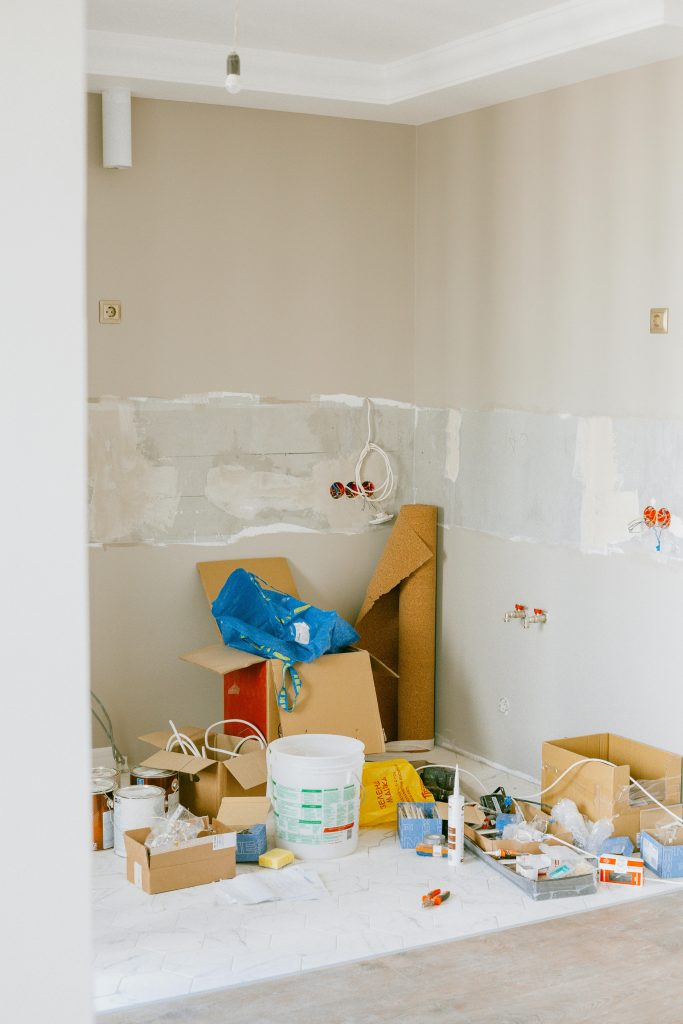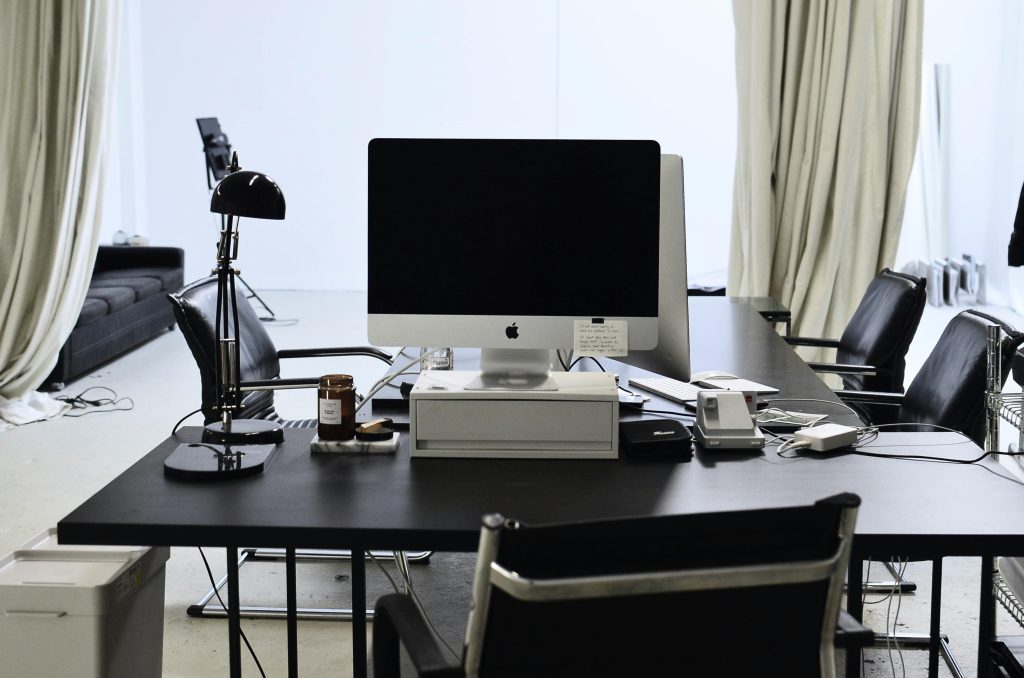Resolving Monitor Refresh Rate Limitations After Windows Reinstallation: Xiaomi G27i and Nvidia Graphics Troubleshooting
Many users encounter display configuration issues following a Windows reinstallation, especially when using gaming monitors like the Xiaomi G27i. A common challenge is the inability to set higher refresh rates, such as 144Hz or 165Hz, with the monitor remaining stuck at 120Hz. This article explores potential causes and solutions to restore optimal refresh rate settings after a fresh Windows install.
Understanding the Issue
Post-reinstallation, users may notice that their monitor’s settings in both Windows display options and the Nvidia Control Panel are limited to a maximum of 120Hz. Attempting to set higher refresh rates often results in a black screen for several seconds, followed by a reversion to the previous setting. Before reinstalling Windows, these higher refresh rates were accessible without issues.
Common Causes
-
Incorrect or Missing Drivers:
After reinstalling Windows, the necessary display drivers might not be correctly installed or may be outdated, leading to limited display capabilities. -
Monitor EDID Data Issues:
Monitors communicate their supported resolutions and refresh rates via EDID. If this data is corrupted or not properly recognized, Windows or the graphics driver may default to a safe, lower refresh rate. -
Nvidia Driver Settings:
Sometimes, Nvidia control panel settings can override Windows configuration, limiting refresh rates due to driver interpretation issues. -
Cables and Connectivity:
Using incompatible or damaged cables (e.g., DVI instead of DisplayPort or HDMI) can restrict achievable refresh rates.
Troubleshooting and Solutions
1. Verify and Reinstall Monitor Drivers
– Ensure you are using the latest monitor drivers from Xiaomi, if available.
– Alternatively, Windows generic PnP monitor drivers can be used temporarily.
– To update:
– Right-click Start > Device Manager > Monitors > Right-click your monitor > Update driver.
2. Install the Latest Nvidia Graphics Drivers
– Download and install the latest Nvidia drivers directly from the official Nvidia website.
– Use the “Clean Install” option to remove previous driver versions, reducing conflicts.
3. Manually Set Custom Refresh Rates
– Open Nvidia Control Panel > Change Resolution > Customize > Create Custom Resolution.
– Enter the desired resolution and refresh rate (e.g., 1920×1080 @ 144Hz).
– Apply and select this custom
Share this content:



